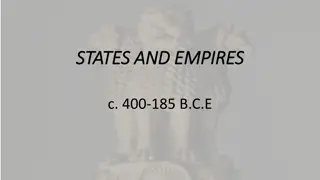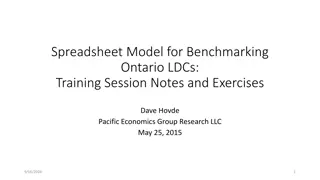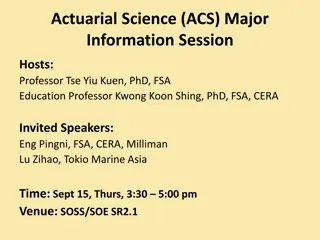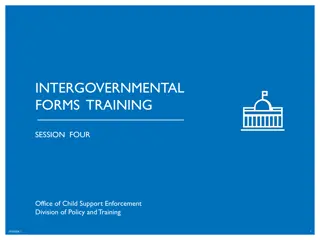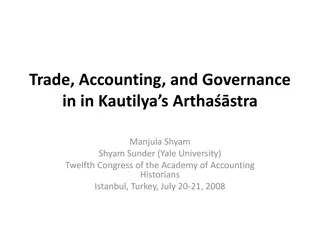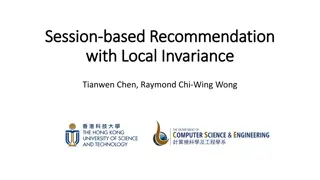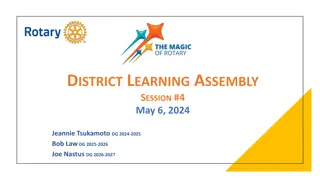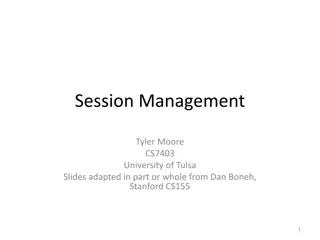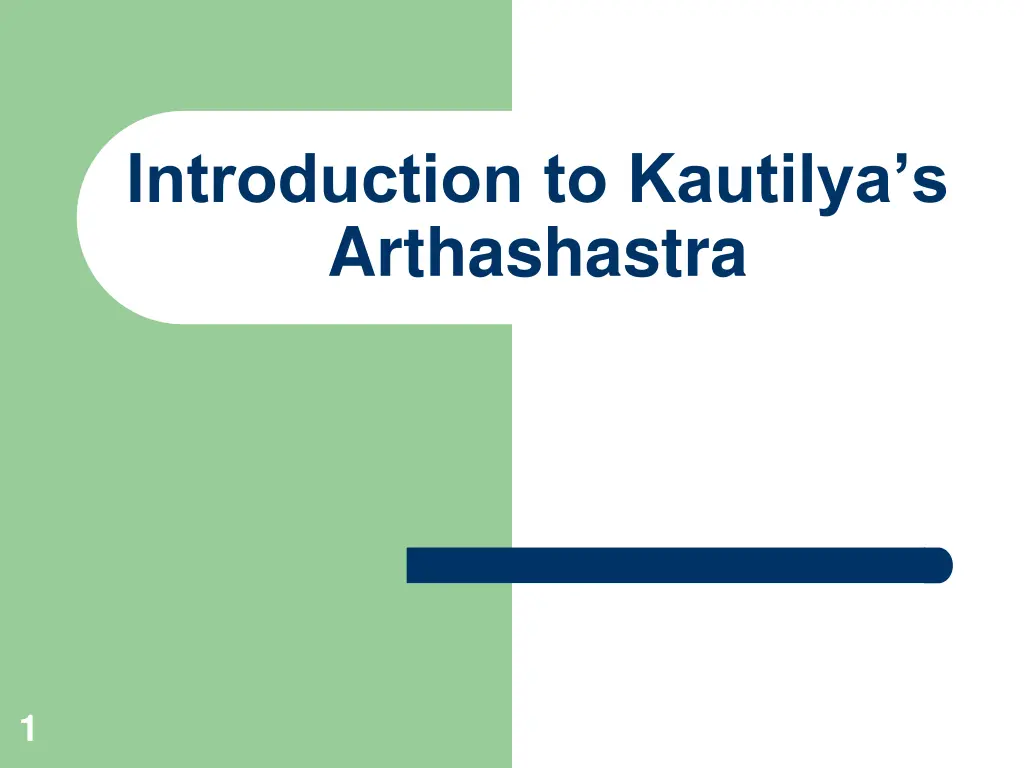
Kautilya's Arthashastra: Ancient Management Principles and Economic Insights
Explore the ancient text of Kautilya's Arthashastra, written around 300 BC, focusing on wealth creation and management. Known as a comprehensive guide on statecraft, politics, military strategy, and more, it offers valuable insights applicable in modern management practices. Discover its relevance to modern economics, including principles on demand and supply, international trade, and profit management.
Download Presentation

Please find below an Image/Link to download the presentation.
The content on the website is provided AS IS for your information and personal use only. It may not be sold, licensed, or shared on other websites without obtaining consent from the author. If you encounter any issues during the download, it is possible that the publisher has removed the file from their server.
You are allowed to download the files provided on this website for personal or commercial use, subject to the condition that they are used lawfully. All files are the property of their respective owners.
The content on the website is provided AS IS for your information and personal use only. It may not be sold, licensed, or shared on other websites without obtaining consent from the author.
E N D
Presentation Transcript
Introduction to Kautilyas Arthashastra 1
Introduction- Arthashastra Oldest book on management available to the world. Written by Kautilya (also known as Chanakya and Vishnugupta) in 300 BC. The main focus of the book is on Creation and Management of wealth. Covers a wide range of topics like Statecraft, politics, military warfare, strategy, Selection and training of Employees, leadership accounting systems, taxation, fiscal policies, civil rules, internal and foreign trade etc. skills, legal systems, 2
Introduction- Kautilya Also known as Chanakya was a political thinker, scholar, teacher and minister of state. He was responsible to bring down the Nanda dynasty and establish his able student Chandragupta Maurya on the throne as the emperor. Hence he is called a King Maker . He documented his life long work in this book Arthashastra . 3
Arthashastra- the book Prof Shama Shastry rediscovered the book in 1905, He wrote its first English Translation. Comprises of 15 books- first five deals with internal administration, the next eight on relations with bordering states and rest two are miscellaneous in character. Has got many principles and techniques, which once applied can prove a tremendous improvement even in our day-to-day management. Emphasized on two broad objectives: Resource maximization and also their optimum management. 4
Arthashastra and Modern Economics Demand and Supply A king, in his opinion, should not arbitrarily fix the price of a product without regard to its supply and demand situations. Without proper consideration of demand and supply, price cannot be claimed to be an equilibrium price which can maximize the welfare of consumers and producers. Profit limits were set to take care of the monopoly elements. Intervention of the state at times of over (price floors) and under production (price ceilings). 5
Arthashastra and Modern Economics International Trade Like modern economists, Kautilya had strong faith on the advantages of international trade. He believed that foreign trade could increase the prosperity of the trading countries. He strongly encouraged foreign trade and sent experts to study foreign markets so that commodities be classified into exportable and importable groups. He envisaged greater economic gains through encouraging the foreign trades. 6
Arthashastra and Modern Economics Interest and Profits He had indicated that the higher level of risk and uncertainty must be rewarded by higher profits and interests. According to him, rate of interest should be determined by two factors-risk involved and productivity of the capital. The rate of interest was higher for the traders but lower for the personal purpose, such as, marriage or funeral etc. Differentiated interest rate structure depending on the purpose of loan were prevailed at that time, similar to modern days borrowing and lending system of banks and financial institutions 7
Arthashastra and Modern Economics Tax Structure Shows a very nice fiscal prudence for addressing economic, political and administrative problems. He advocated taxing power of the state to be limited and taxes to be equitable and just -tax should not be heavy and excessive. Tax rates should not exceed 16 to 20 % of the economic activities. He was aware that taxes beyond a certain limit would hamper economic activities and could encourage tax evasion. Advised tax rate up to 50 percent or more for some goods or services which were harmful for the society in nature. 8





